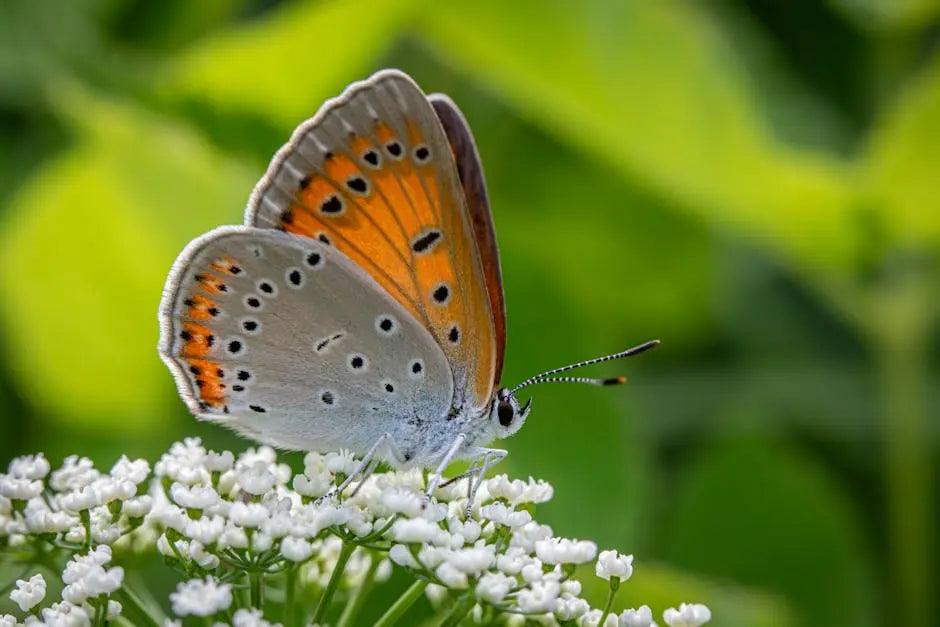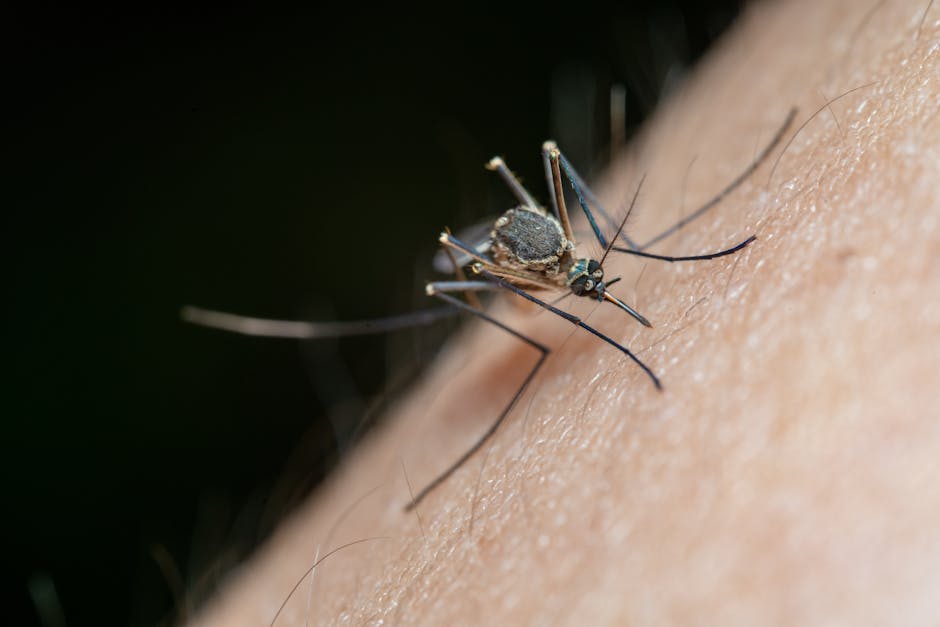In the quest for a greener and healthier environment, many of us are turning away from chemicals for pest control. This shift has brought environmental pest management into the spotlight, posing the question: Are chemical-free solutions truly effective against insects? Let’s explore the world of non-chemical pest control methods, their effectiveness, and how you can implement them in your daily life.
Understanding Environmental Pest Management
Environmental pest management is a holistic approach to controlling pests that focuses on natural balances and environmental factors. Unlike traditional methods that rely heavily on chemical interventions, this sustainable approach leans towards understanding and manipulating the ecosystem to control pest populations. By prioritizing the health of our planet and its inhabitants, environmental pest management offers a path to pest control that harmonizes with nature rather than working against it and it starts at bestbeebrothers.com.
One critical aspect of environmental pest management is the emphasis on prevention rather than cure. This means creating environments that are less attractive to pests by maintaining healthy soil, selecting disease-resistant plant varieties, and encouraging biodiversity. By doing so, we reduce the need for interventions altogether, paving the way for a more resilient and balanced ecosystem.
The Effectiveness of Chemical-Free Solutions
The skepticism surrounding the effectiveness of chemical-free solutions often stems from a misunderstanding of how these methods work. Natural pest control solutions don’t provide the instant gratification that chemicals do. However, when used consistently and correctly, methods such as biological control, physical barriers, and cultural practices can be incredibly effective in the long term. More importantly, they do so without the negative side effects associated with chemical pesticides, such as harming non-target species, contributing to the development of pesticide-resistant pests, and polluting our waterways.
Studies and real-life applications have shown that techniques like companion planting, beneficial insects, and natural repellents not only reduce pest populations but also enhance the overall health of the garden. For instance, introducing ladybugs to control aphids or planting marigolds to deter nematodes are proven strategies that contribute to a stable, self-regulating environment.
Common Types of Non-Chemical Pest Control
When it comes to non-chemical pest control, diversity is key. Physical barriers such as insect netting or row covers can physically block pests from reaching plants. Cultural practices, such as crop rotation and proper spacing, reduce pest infestation by disrupting their life cycles. Biological control, the introduction of natural enemies to pests, harnesses the power of predation, parasitism, or other natural mechanisms to keep pest populations in check.
Additionally, natural substances like neem oil, diatomaceous earth, and homemade insecticidal soaps offer safer alternatives for direct pest control measures. These methods work best when integrated into a broader pest management strategy, highlighting the importance of a comprehensive approach.
Case Studies: Success Stories in Chemical-Free Pest Management
Numerous success stories underline the potential of chemical-free pest management. For example, the widespread use of Bacillus thuringiensis (Bt), a naturally occurring bacteria, has been effective in controlling caterpillar populations without harming beneficial insects or the environment. Similarly, the push towards integrated pest management (IPM) in agriculture has demonstrated that combining multiple non-chemical methods can lead to significant reductions in pesticide use while maintaining crop yields.
Another inspiring case is the use of pheromone traps for controlling pest like the codling moth in apple orchards. These traps use the scent of female moths to attract and capture male moths, disrupting the breeding cycle and reducing the pest population without the need for chemical sprays.
Pros and Cons of Going Chemical-Free
Adopting a chemical-free approach to pest control comes with its set of challenges and benefits. On the downside, it might require more knowledge and hands-on time to implement effectively. There’s often a learning curve as gardeners and farmers adapt to new methods and observe their outcomes. On the upside, the benefits are substantial, including improved soil health, increased biodiversity, safer food, and water sources, and reduced exposure to harmful chemicals for both humans and wildlife.
Moreover, while the initial adjustment period can be challenging, many find that their systems become more resilient and self-sustaining over time, ultimately reducing the overall effort required to manage pests.
How to Choose the Right Chemical-Free Solution for Your Home
Choosing the right chemical-free solution depends on several factors, including the specific pests you’re dealing with, your garden or home environment, and your personal preferences. It’s essential to correctly identify the pest problem first, as this will significantly narrow down the most effective non-chemical strategies. Research and experimentation play vital roles in discovering what works best in your situation.
Best Bee Brothers offers natural chemical-free solutions for Carpenter Bees, Driller Bees, Wood Bees, Wasps, Yellow Jackets, No-See-Ums, Mosquitoes, Ticks, Bed Bugs and more.
Implementing Chemical-Free Solutions: Tips and Strategies
Implementing chemical-free solutions requires patience, observation, and a willingness to adapt. Start small, perhaps with one section of your garden or a single natural product, and monitor the results. Keeping a garden journal can help you track what works and what doesn’t, allowing you to refine your approach over time.
Incorporating practices like composting, mulching, and attracting beneficial insects can also bolster your chemical-free pest management efforts, creating a more robust and healthy environment capable of withstanding pest pressures naturally.
Embracing a Greener Approach to Pest Control
As we’ve explored, chemical-free insect solutions hold a promising place in environmental pest management. They not only offer a safer alternative for our health and the planet but, when chosen wisely and applied correctly, can be just as effective as their chemical counterparts. Embracing such methods requires a bit of research, patience, and a commitment to sustainability. With an open mind and a proactive approach, we can make a significant impact on our environment, one pest at a time.










Leave a comment
All comments are moderated before being published.
This site is protected by hCaptcha and the hCaptcha Privacy Policy and Terms of Service apply.